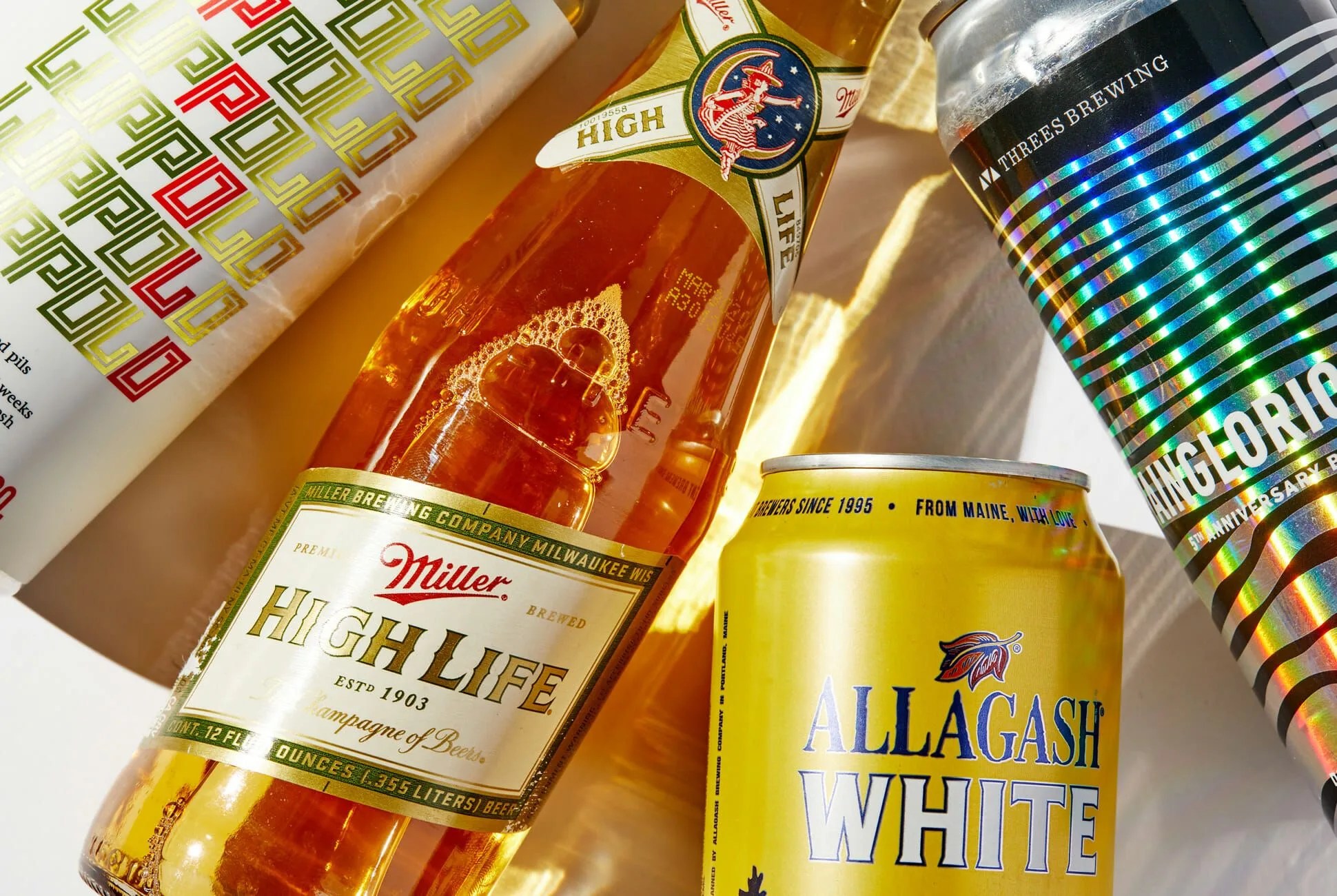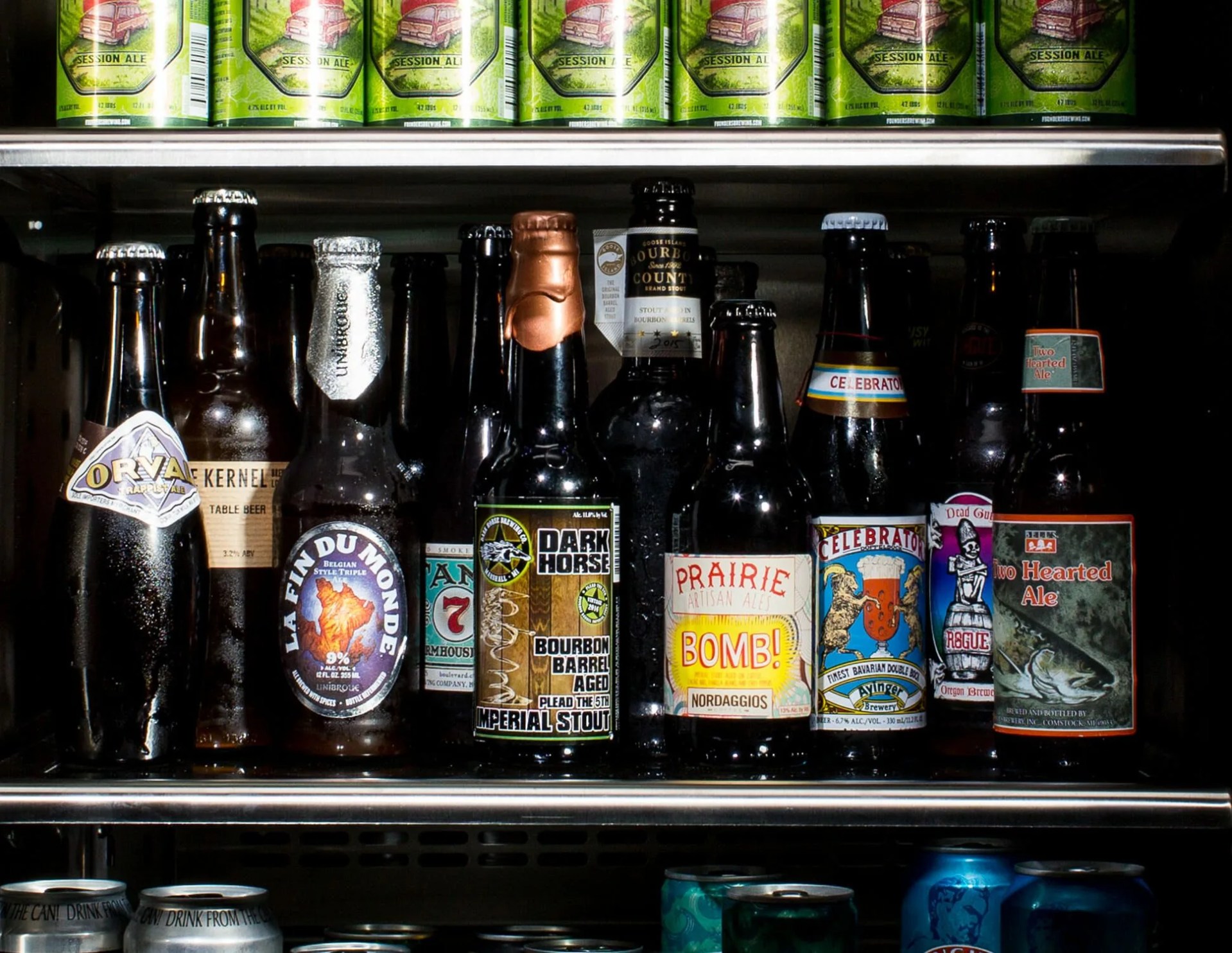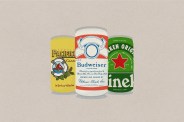Does beer go bad? We chatted with Zach Mack, a Certified Cicerone and the owner of Alphabet City Beer Co. in New York City, about everything you need to know to make sure your next haul stays fresh. Take notes.
1. Yes, beer can go bad
“Definitely,” Mack says when asked if beer can spoil. “You have to look at it as the freshness of this as something like bread or like a food product because that’s what it is.”
What does skunked beer taste like? You’ve probably encountered it before. Mack describes it as a “skunky smell like fresh-cut grass or weed or skunk spray.” Basically, rotten beer.
2. Cans store better than bottles
The three enemies of fresh beer: “Heat, air and light,” Mack says.
Now that cans are the preferred vessel for many beers, light exposure isn’t as much of an issue as it used to be. But it can still spoil beer in bottles.








